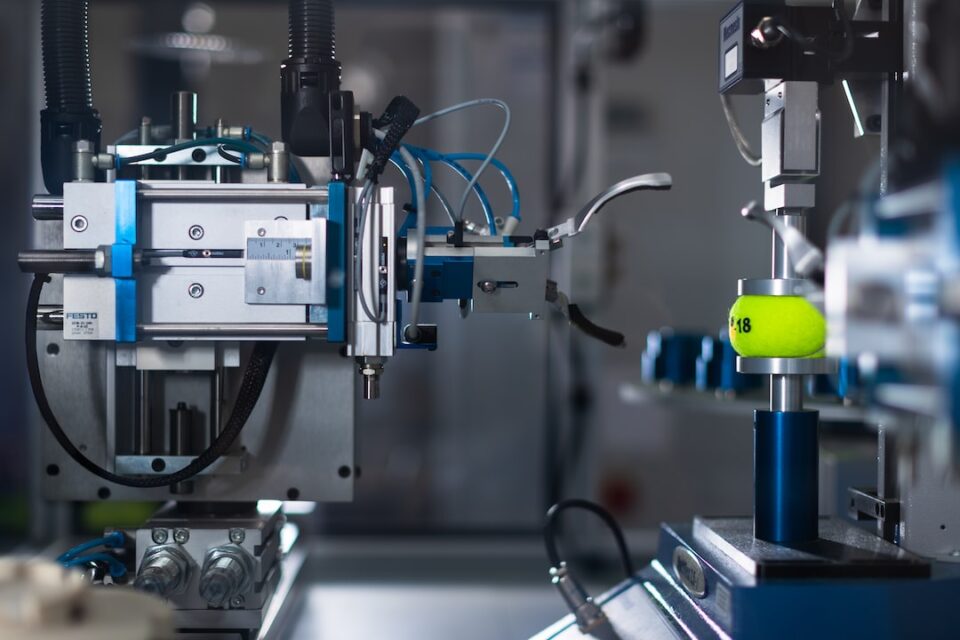Aerospace Engineering: Exploring the Limitless Possibilities of Flight and Space Exploration
The field of aerospace engineering, with its roots in the dreams of early inventors and visionaries, has made substantial progress in unraveling the secrets of flight and opening the doors to space exploration. From the invention of the airplane to the establishment of extraterrestrial habitats, aerospace engineering has consistently pushed the boundaries of human exploration and knowledge. In this blog post, we delve into the innovations and breakthroughs that have shaped this field and explore the limitless possibilities that lie ahead.
Aerospace engineering, at its core, is the study and application of engineering principles to the design, development, and construction of aircraft, spacecraft, and related technologies. It encompasses a wide range of disciplines, such as aerodynamics, avionics, propulsion systems, materials science, and more. This interdisciplinary approach enables aerospace engineers to tackle the complex challenges faced by the industry, paving the way for groundbreaking developments.
One of the most significant milestones in aerospace engineering’s history was the invention of the airplane by the Wright brothers in 1903. Their achievement revolutionized the way we travel and opened up new possibilities for exploration. Over the years, advancements in aerodynamics, propulsion systems, and structural engineering have allowed for faster, safer, and more efficient aircraft.
In parallel, aerospace engineering has played a vital role in advancing space exploration. From the launch of the first artificial satellite, Sputnik 1, by the Soviet Union in 1957, to the successful landing of a man on the moon during the Apollo missions, aerospace engineers have been instrumental in turning science fiction into reality. They have designed rockets, spacecraft, and life support systems that have enabled humans to venture beyond Earth and explore the wonders of the cosmos.
One of the current areas of focus for aerospace engineering is the development of reusable rockets, which have the potential to drastically reduce the cost of space travel. Companies like SpaceX have made substantial progress in this field, with the successful retrieval and relaunch of rockets becoming a routine affair. This achievement has opened up new opportunities for space tourism, satellite deployment, and future colonization of other planets.
Furthermore, aerospace engineers are actively engaged in addressing the environmental concerns associated with aviation. They are developing cleaner and more fuel-efficient engines, lightweight materials, and sustainable energy solutions to minimize carbon emissions and mitigate the impact of air travel on our planet. Through their efforts, the aerospace industry aims to strike a balance between progress and sustainability, ensuring that future generations can continue to explore the skies without harming the environment.
Beyond Earth’s atmosphere, aerospace engineering is essential to the vision of settling humans on other planets. The challenges of long-duration space travel, extraterrestrial resource utilization, and the creation of habitats in inhospitable environments necessitate innovative engineering solutions. Concepts like terraforming Mars and establishing lunar colonies are no longer just science fiction but plausible prospects with the continuous advancements of aerospace engineering.
In addition to scientific and technological innovations, aerospace engineering also fosters economic growth. The industry contributes significantly to job creation, global connectivity, and national security. With the rapid advancement of technology, there is a growing demand for skilled aerospace engineers who can lead the way in designing and building the aircraft and spacecraft of the future.
As we look to the future, the possibilities for aerospace engineering seem limitless. We can envision groundbreaking achievements, such as the exploration of other star systems, commercialization of space, or even the realization of interstellar travel. The dream of visiting distant galaxies and unraveling the mysteries of the universe might not be as far-fetched as it sounds, thanks to the continuous efforts and ingenuity of aerospace engineers.
In conclusion, aerospace engineering has been at the forefront of exploring the limitless possibilities of flight and space exploration. From the invention of the airplane to the ambitious plans for settling humans on other planets, this field has consistently pushed boundaries and expanded our horizons. With advancements in technology and a commitment to sustainability, the future of aerospace engineering is promising. So, let us continue to dream, innovate, and reach for the stars as we explore the alluring realms of flight and space.

